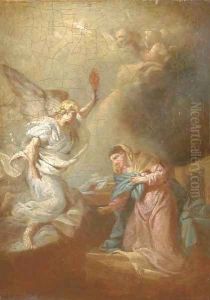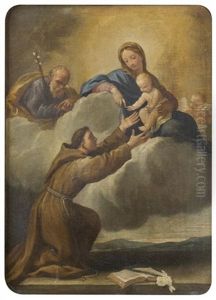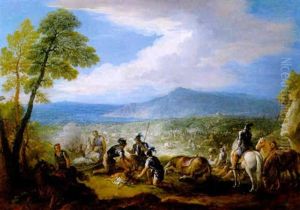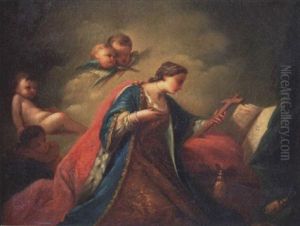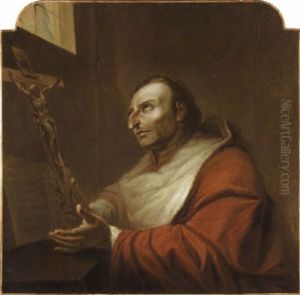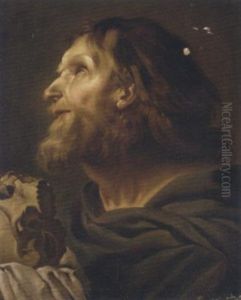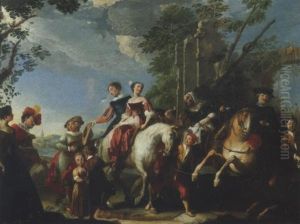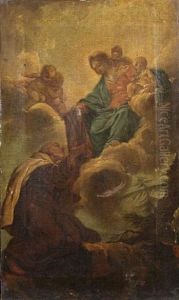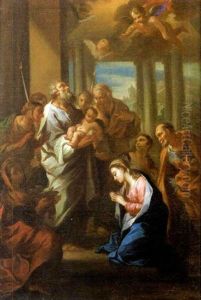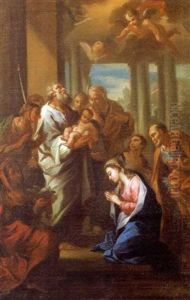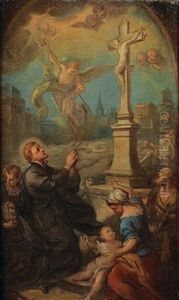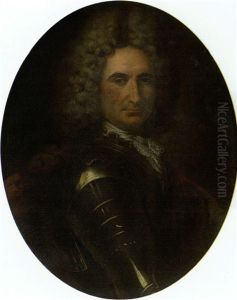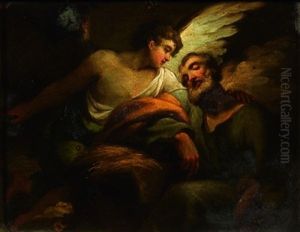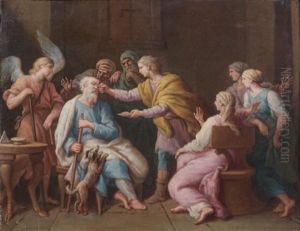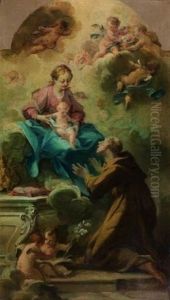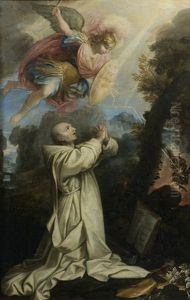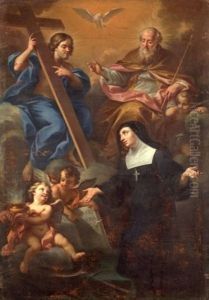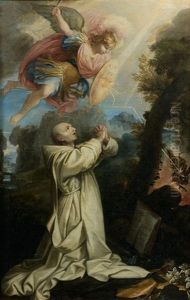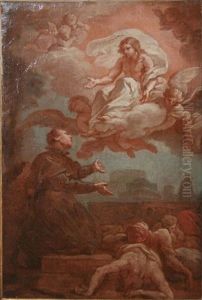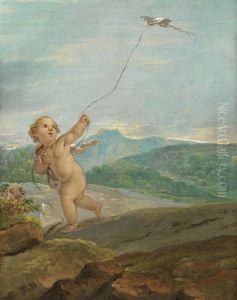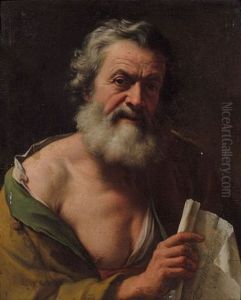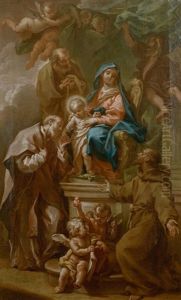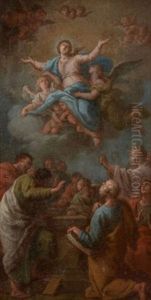Etienne Parrocel, Parrocel Le Romain Paintings
Étienne Parrocel, also known as Parrocel Le Romain due to his extensive time in Rome, was a French painter, draughtsman, and engraver, belonging to a family of artists. Born on October 2, 1696, in Avignon, France, he was part of the prominent Parrocel family, which included his grandfather, the painter Joseph Parrocel, and his father, Pierre Parrocel, who was also a painter and engraver. The Parrocel family's artistic legacy extended over several generations and significantly influenced Étienne's career.
Étienne Parrocel's artistic journey began under the tutelage of his father, from whom he learned the basics of painting and engraving. Seeking to expand his skills and artistic exposure, Parrocel moved to Rome, Italy, where he spent a significant part of his life. This period in Rome earned him the nickname 'Le Romain.' His stay in Rome was pivotal in shaping his artistic style, which was heavily influenced by the Italian masters and the Roman environment. Parrocel specialized in history painting, and his work often depicted scenes from the Bible, mythology, and history, with a particular emphasis on battles and horses, which were his forte.
Throughout his career, Parrocel received numerous commissions for religious and historical works. His success in Rome eventually led to his election to the French Academy in 1735, a significant recognition of his talent and contributions to the art world. Parrocel's work was characterized by dynamic compositions, a keen attention to detail, and a dramatic use of light and shadow, features that were well-suited to the grandiose and emotive subjects he preferred.
Étienne Parrocel returned to France later in his life and continued to work and receive commissions, contributing to the artistic scene there until his death on February 16, 1776, in Avignon. His legacy lived on through his works, which can be found in various museums and collections in France and Italy. Parrocel's influence was also felt through his descendants, as the artistic tradition of the Parrocel family continued with future generations.
